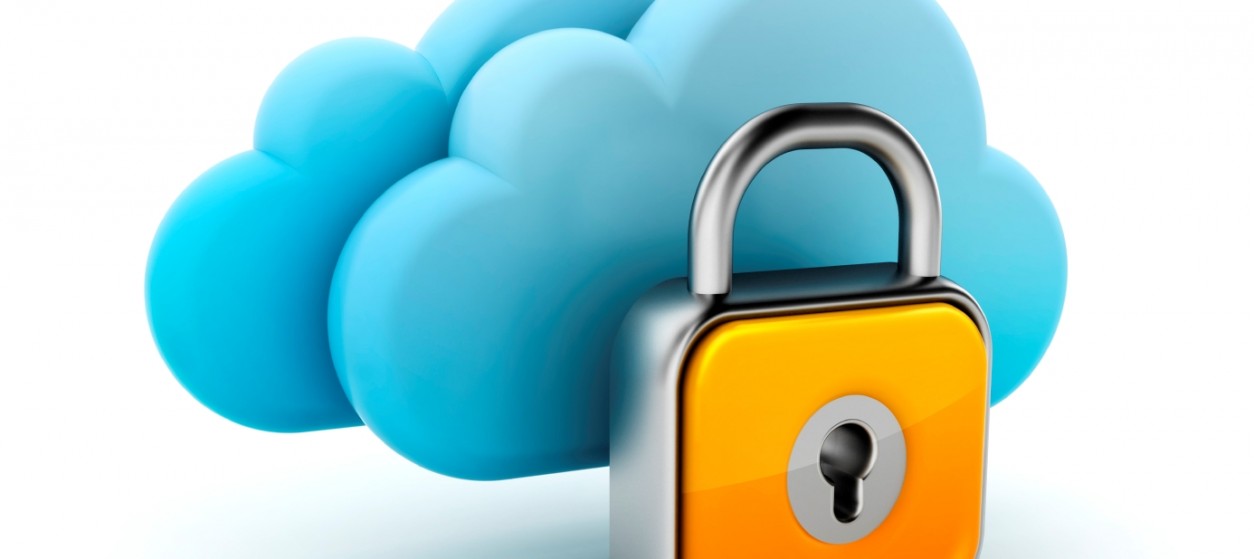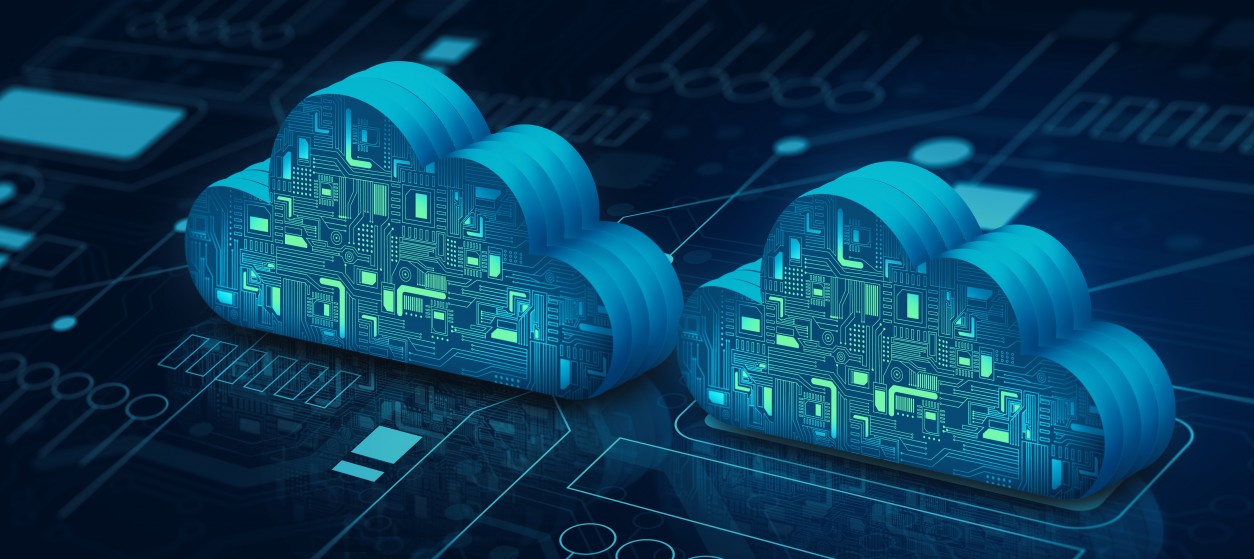As companies move towards a more cloud-assisted environment, large amounts of data are continuously being stored in the cloud without much attention being given to security. In fact, most companies make the decision to adopt cloud technologies without understanding the security ramifications it may come with.
Of course, developing apps that run on the cloud is important for a number of reasons. And it is also quite predictable that the future lies in the cloud and the sooner we make the transition towards a cloud-based environment, the easier it shall be to face the future. Yet, the security concerns need to be addressed and companies and clients must understand the risks they are putting themselves into.
The good news, these security threats can be resolved with careful planning and diligent choice of a cloud service provider. The following ‘notorious nine’ threats to cloud computing were originally listed by the Cloud Security Alliance, a not-for-profit organization with more than 48,000 members worldwide. The list covers every threat that a client must be aware of before making the switch.
1. Data breaches
This is probably one of the first fears that a client may come to have. It is being increasingly known that a virtual machine could easily private cryptographic keys to access data from not just one client’s data, but also all the other clients on a multi-tenant cloud. That nightmare scenario can be avoided with advanced cloud security arrangements.
2. Data losses
Data stored on the cloud can be lost due to malicious threats and also benign reasons such as a fire or an earthquake. No matter what the reason is, you certainly don’t want your precious data to vanish. One needs to have a backup plan to ensure that though data is lost, it is not lost forever.
3. Insecure APIs
When we choose to use cloud technology, we naturally make the APIs and software interfaces that clients use more exposed. Whether it is a layered API or a simple one, cloud solution providers must ensure that their clients do not let themselves be exposed to threats.
4. Service traffic or account hijacking
We have all heard about phishing attacks, password frauds and exploiting software vulnerabilities. Data, if accessed, can be used to return falsified information and create chaos on networks. This is a special threat when it comes to using cloud technologies.
5. Malicious insiders
Malicious insiders are those who are former or current employees of a company, and use privileged access maliciously to harm the company. This may result in the compromise of integrity of security of data. This is a serious matter that one needs to consider before jumping into the cloud bandwagon.
6. Cloud service abuses
This particular threat concerns cloud service providers more than its clients. An attacker may use cloud servers and later launch a DDoS attack and spread electronic virus. The question of defining what entails abuse and how one can identify a potential abusive consumer need to be understood and analyzed.
7. Service denials
A denial of service happens when malicious attackers prevent users from accessing their cloud services. This could lead to temporary or partial denial of access or complete denial, in worst cases. Consumers need to be aware of this threat as well.
8. Shared technology
Multitenant environments also mean that consumers share their technology with others. The threat of shared vulnerabilities gradually increases. Misconfigurations, however small, may lead to disturbing results. It is important to consider this aspect as well.
9. Inadequate due diligence
Cloud solutions have been a sort of fad, even when they are not a fad. If that sounds paradoxical, a lot of people have begun to cash in on the cloud popularity. But they may not deliver the kind of tight security that is required. Thus, before choosing cloud services, it is important to make sure that they are being diligent enough about security.
Adopt a defensive strategy for making cloud solutions successful
With all these notorious threats making us doubt about adopting cloud solutions, the answer lies in adopting a defensive strategy. Cloud solutions are the future and we need to adapt to it. However, we need to become more defensive towards threats that we have mentioned above. We need to monitor computing, networking, storage, user access and applications in order to save them from malicious threats.










